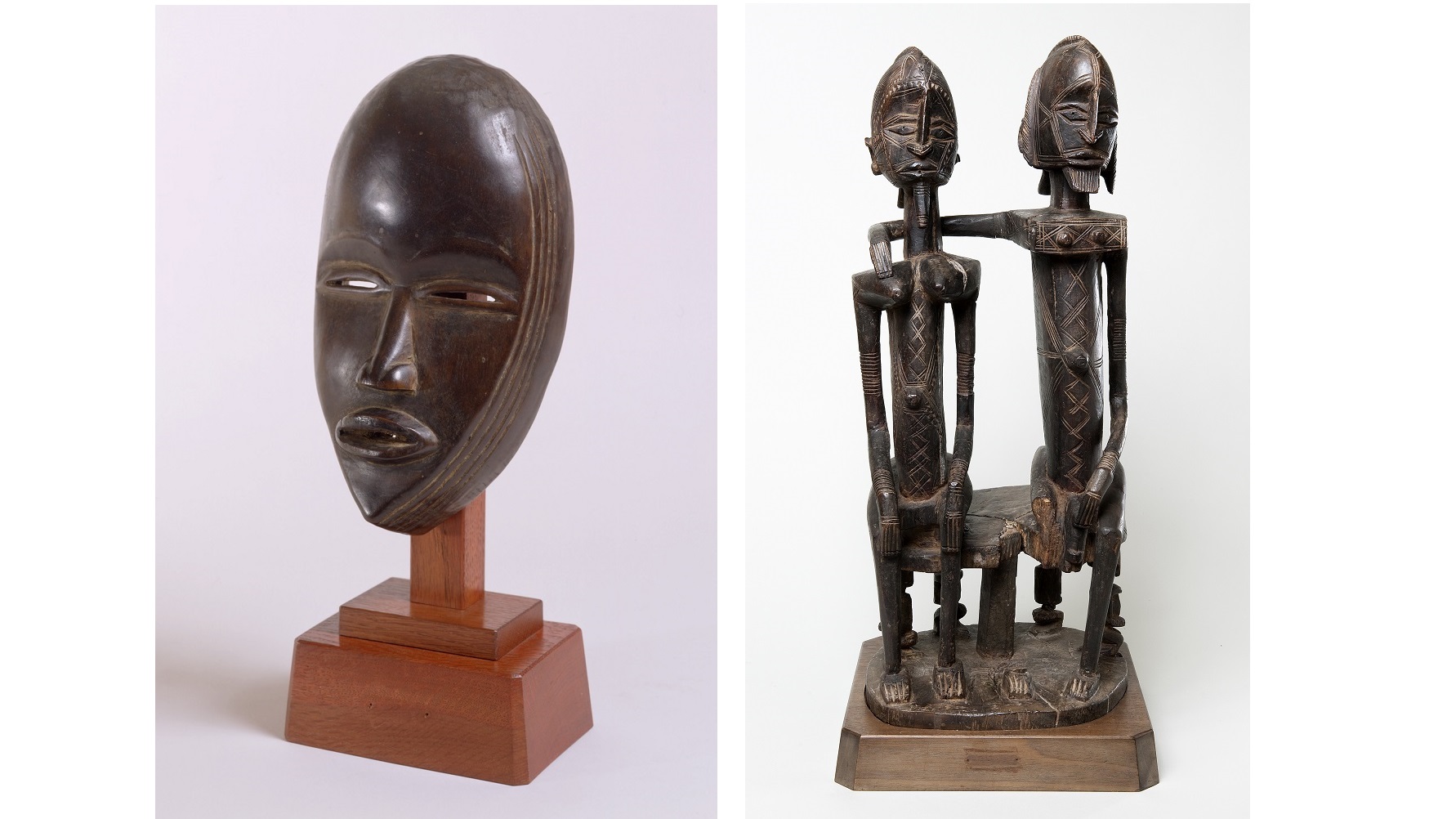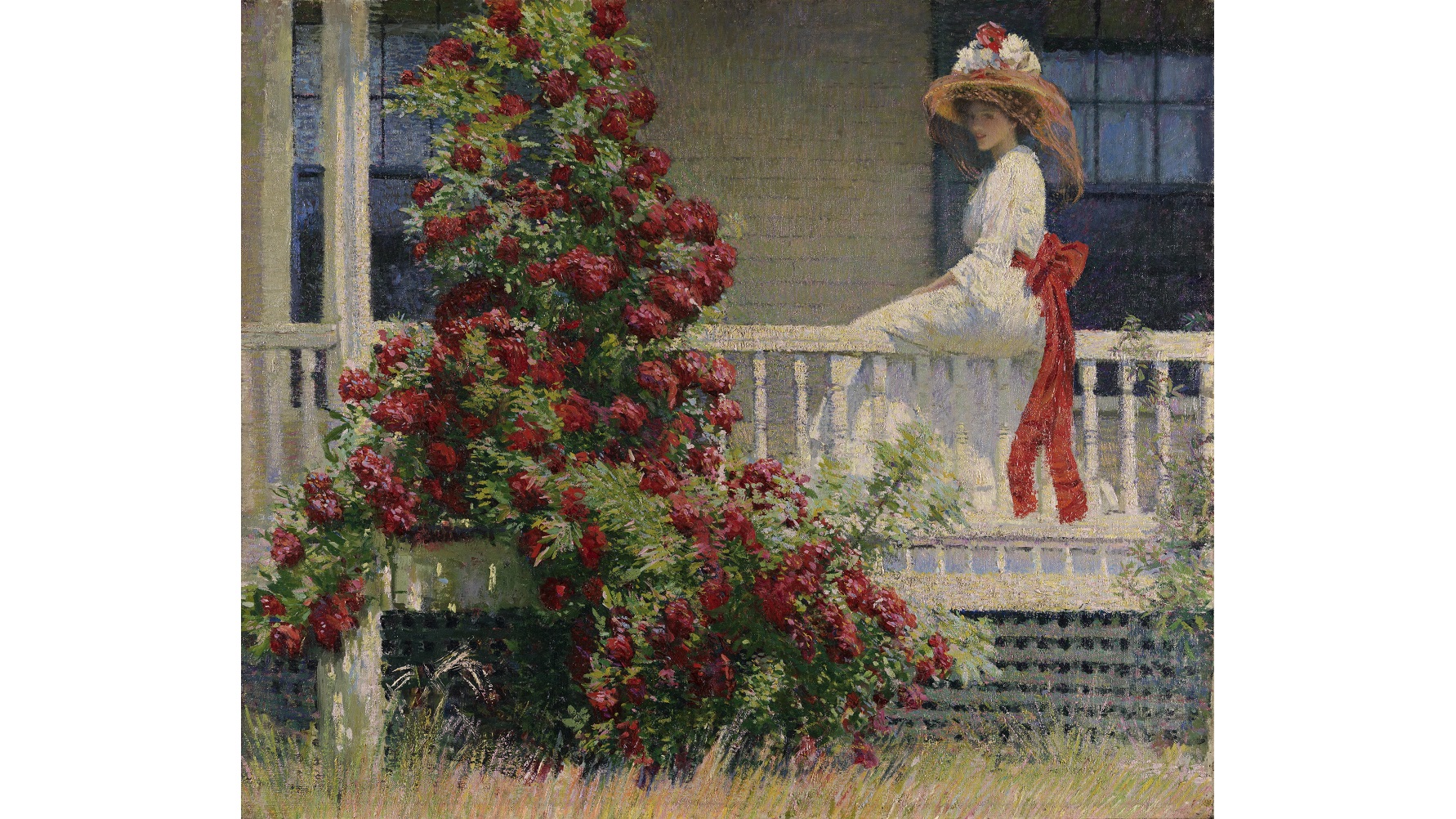William Glackens: Forgotten Father of American Modernism?

With a $20,000 check and instructions to bring back “some good paintings” from friend and financier Dr. Albert C. Barnes, American artist William Glackens set off for Paris in 1912 with carte blanche to buy the very best modern art he could find. Long a champion and connoisseur of European and American modernism, Glackens sent back to Barnes 33 works by now-renowned artists such as Paul Cézanne, Pierre-Auguste Renoir, Pablo Picasso, and Vincent Van Gogh that helped shape the collection that eventually became The Barnes Foundation. Glackens, however, was much more than a buyer. Glackens early on bought into the ideas of European modernism and interpreted them for an American idiom, as can be seen in a new exhibition at The Barnes Foundation. William Glackens, the first comprehensive survey of this undeservedly neglected artist in almost half a century, makes a powerful case for William Glackens as the forgotten father of American modernism.
Glackens and Barnes were friends in high school in Philadelphia, but lost touch as they followed different, but equally successful paths in art and chemistry. They reunited in 1911, a year before Barnes tasked Glackens with the mission to bring back the best in European modern art. Glackens developed his excellent eye for talent during his own training as an artist in post-Civil War Philadelphia. As curator Avis Berman explains in the catalog, Glackens made full use of Philadelphia’s “rich visual tradition in art, craft, and architecture;” school system stressing science and the humanities; art institutions such as Glackens’ alma mater, the Pennsylvania Academy of the Fine Arts; and “close coterie of progressive artists whose friendships never ceased to be important to him.” This perfect storm of old and new masters influenced Glackens’ approach throughout his career.
Unfortunately, it’s exactly Glackens use of influences that has led to his obscurity today. On one hand, many see Glackens as just another disciple of social realist painter Robert Henri, the central figure of “The Eight,” the group of outsiders (including Glackens) who challenged American art with their own 1908 art exhibition. Yet, even by 1908, Berman points out, Glackens had moved past Henri’s influence and “aligned… more closely with such painters as Maurice Prendergast, Alfred Maurer, and Marsden Hartley, who had absorbed post-impressionism and fauvism and were exploring color relationships.” When Glackens finally shed the Henri label, critics pasted a Renoir label in its place, thanks to the influence of late Renoir works on Glackens’ later style. Critics today acknowledge Glackens’ debt to Renoir, but also point out a much wider range of influences to European modernists, including “affinities with Matisse and Bonnard—Renoir’s pictorial heirs,” Berman writes. Yet, an “overwhelming critical emphasis” lingered much too long that painted Glackens “as naively derivative of Renoir.”
William Glackens aims to educate those who naively see Glackens as naively derivative of others, rather than a powerfully creative artist in his own right. The long-held prejudice against popular illustration—a medium Glackens mastered early in his career—as fine art falls away when you look at the bustling street scenes Glackens produced for popular magazines of the day. On assignment to cover the Spanish-American War in Cuba, Glackens literally followed Theodore Roosevelt and his “Rough Riders” up San Juan Hill. Rather than the romantic view of war his newspaper bosses wished for, Glackens illustrated the less heroic, more realistic aspects of war, including a fascinating image in the show of starving refugees crowding a building in desperate search for food. A blazingly fast draftsman, Glackens could capture even the most fleeting scene not just in terms of visuals, but also in terms of the human element he witnessed.
When you move on to the Glackens’ paintings, however, “naïve” and “derivative” are the last words that come to mind. Instead, “vibrant” and “thrilling” moved to the tip of my tongue. “He communicated a Whitmanesque sense of boundlessness,” Berman writes of Glackens illustrations, but that same disregard for labels and artificial boundaries shines through the paintings. Yes, you see the influences and the nods. Girl with Apple (from 1909-1910) winks in the direction of Manet’s Olympia, but also riffs on Eve with the seductive fruit, all in a style conscious of (not enslaved by) Renoir. Hillside Near La Ciotat (from 1930) feels like the love child of Cezanne and Matisse for its marriage of Cezanne’s angles and flat surfaces with that Riviera blue Matisse claimed he searched all his life for. Even a deceptively simple painting such as 1910’s Breezy Day, Tugboats, New York Harbor shows you something you were searching for but never expected—a series of unique gestures in white paint representing the smoke puffs trailing across the image that printed reproductions can’t do justice to. For moments like those little smoke puffs, William Glackens is an exhibit (and an artist) that needs to be seen to be believed (and enjoyed).
But what makes Glackens most remarkable, most “Whitmanesque,” are those works where style and content connect to make something truly unique. The Shoppers(1907-1908; detail shown above) brings together in one painting many aspects of Glackens beyond labels and influences. The Shoppers shows a group of fashionably dressed women perusing the wares offered by a young shop girl. In the middle is the artist’s wife, Edith Dimock Glackens, flanked by her friends Lillian Gelston Travis and Florence Scovel Shinn (wife of artist Everett Shinn). All three women were artists themselves, posing here as consumers rather than creators. (As part of the committee choosing American artists for the 1913 Armory Show that introduced European modernism to America, Glackens selected several paintings by Edith to represent the best in American modernism.)
When Glackens included The Shoppers in the 1908 “The Eight” exhibition, a contemporary critic called it “contemporary with a vengeance.” In her enlightening catalog essay, Carol Troyen argues that “Glackens approached modernity through images of women,” especially in The Shoppers, which as “a consumerist set piece… alludes to the shifting standards of identity and propriety that made modern life both more complicated and more exciting.” Glackens recognized the increasing independence of women in his own wife and her friends and chose the world of fashion as a physical manifestation of that social change. By using “clothing as a metaphor for modernity,” Patricia Mears writes elsewhere in the catalog, Glackens “aligned… with leading French avant-garde painters of the previous century” such as Manet. This avant-garde alignment, however, doesn’t put Glackens in the rear, but rather at the cutting edge of social thought in art.
Including The Shoppers, William Glackens at the Barnes reunites for the first time the six surviving Glackens paintings from the 1908 “The Eight” exhibition, with the seventh being lost. But the real bonus of seeing this show at The Barnes over previous venues is the ability to walk to an adjacent gallery and see the art Glackens himself admired in The Barnes’ permanent collection. It’s a rare pleasure to be able to move so easily from an artist to his influences, and even rarer to see those paintings specifically chosen by the artist. Glackens’ Back of Nude only seems derivative of Renoir until you look closely at it and an actual Renoir back to back. There’s the same luminous treatment of human flesh and free brushwork, but the two artists differ from there in hard-to-articulate but easily felt ways. If they were crooners, Glackens and Renoir would be singing the same old song, but you would know each of their voices from the first note. After viewing William Glackens, all accusations that Glackens merely echoed Renoir and other influences will gently fade away.
In his 1915 article “How to Judge a Painting,” Dr. Barnes referred to William Glackens as “a life-long friend who combines greatness as an artist with a big man’s mind.” Walking through the galleries of the exhibition William Glackens, I felt I was in the presence of “a big man’s mind,” not only in terms of blending together different influences into a personal style, but also in using that style to depict the rapidly changing world around him. Over a century ago, Dr. Barnes entrusted his friend with a small fortune in hopes of artistic treasures. William Glackens entrusts us with the legacy of a forgotten artist who helped bring modern art to America and hopes that we see beyond the labels to the treasures awaiting beneath them.
[Image:William James Glackens (American,1870–1938). The Shoppers (detail), 1907–1908. Oil on canvas, 60 x 60 inches (152.4 x 152.4 cm). Chrysler Museum of Art, Norfolk, VA, Gift of Walter P. Chrysler, Jr., 71.651.]
[Many thanks to The Barnes Foundation for providing me with the image above from, other press materials related to, a review copy of the catalog for, and a press pass to view the exhibition William Glackens, which runs through February 2, 2015.]
[Please follow me on Twitter (@BobDPictureThis) and Facebook (Art Blog By Bob) for more art news and views.]





